The story of the last nomadic shepherds of the Canary Islands and their flower cheese
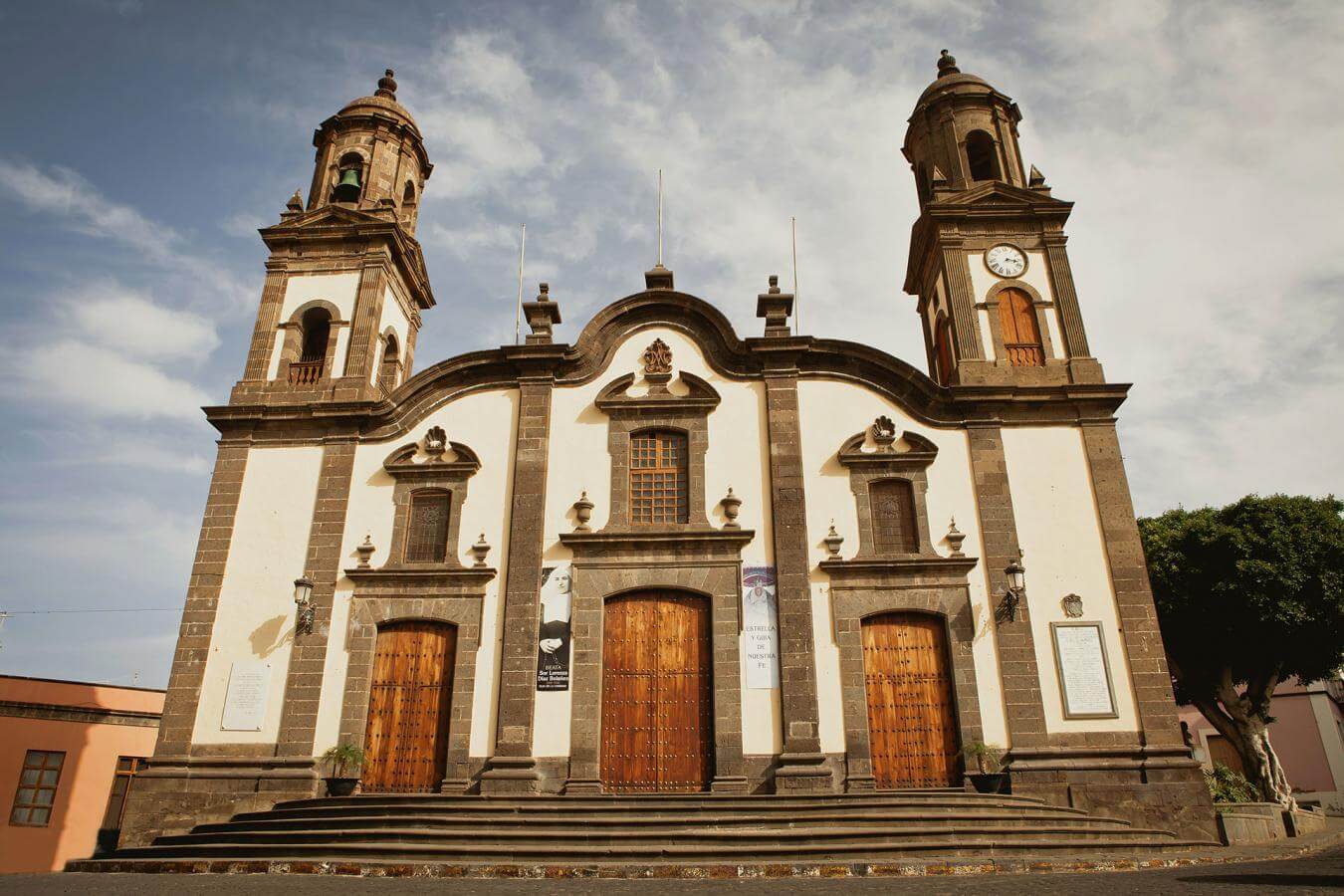
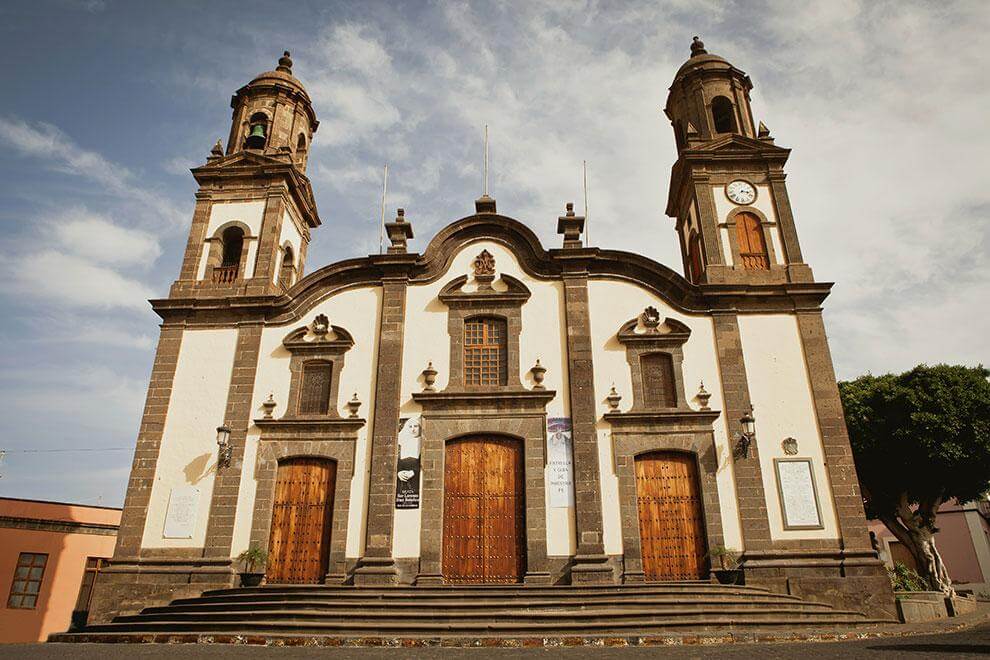
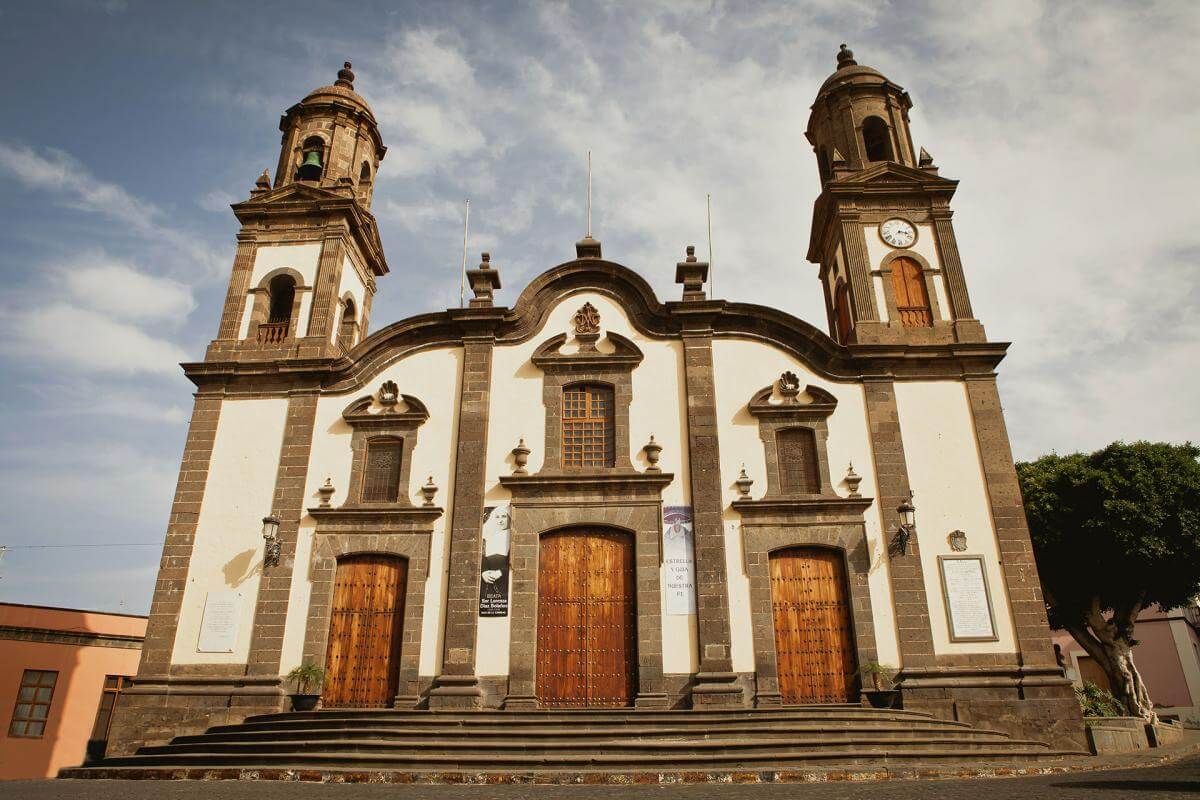
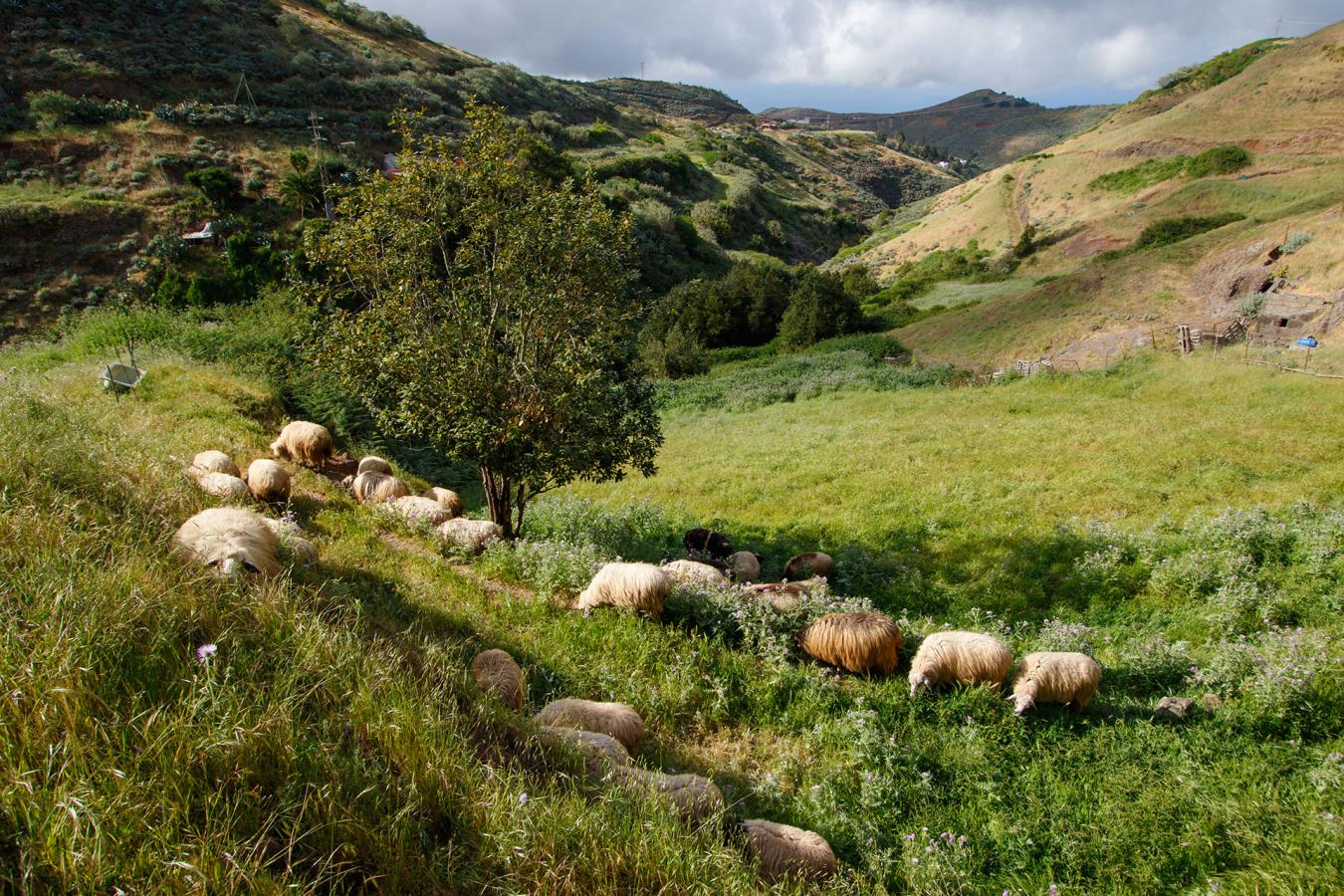
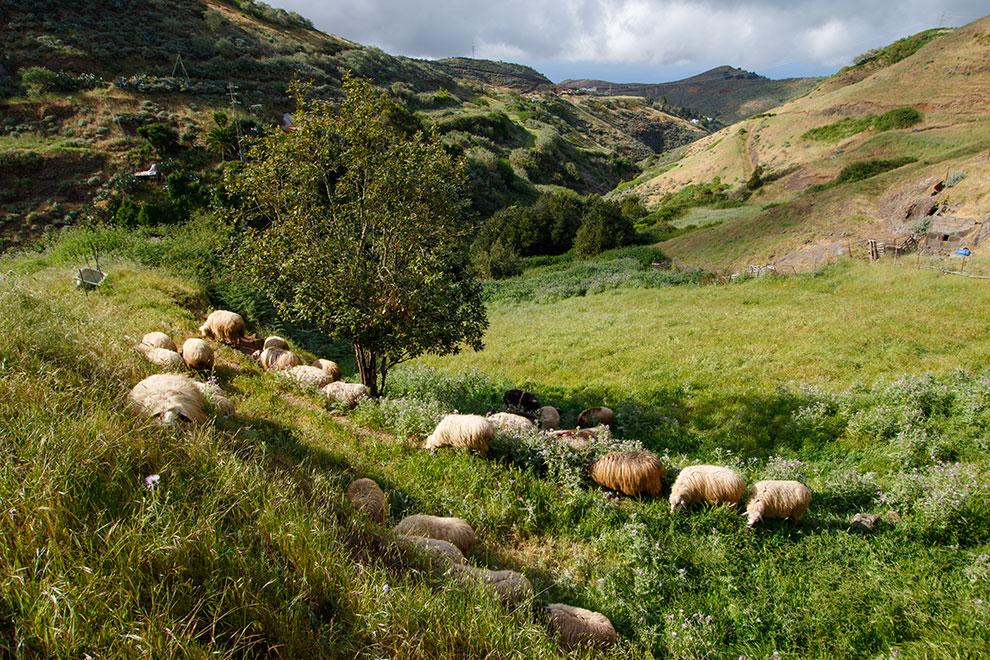
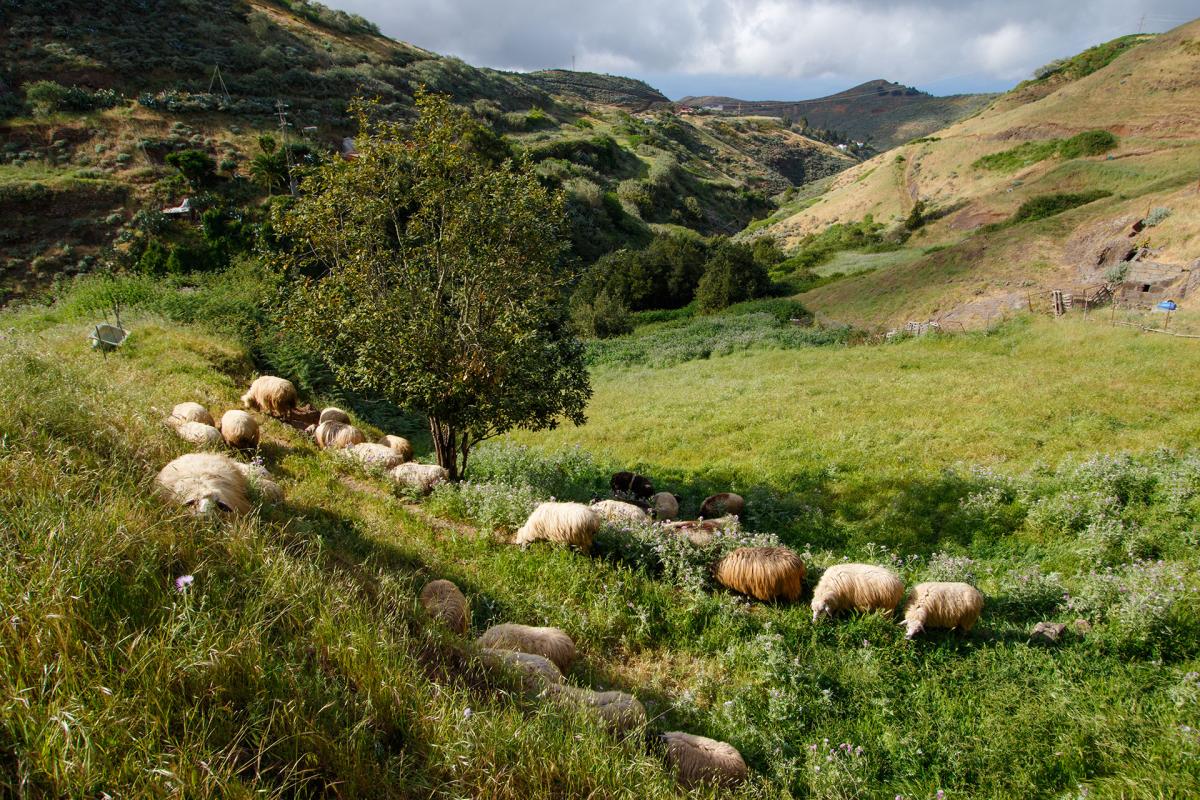
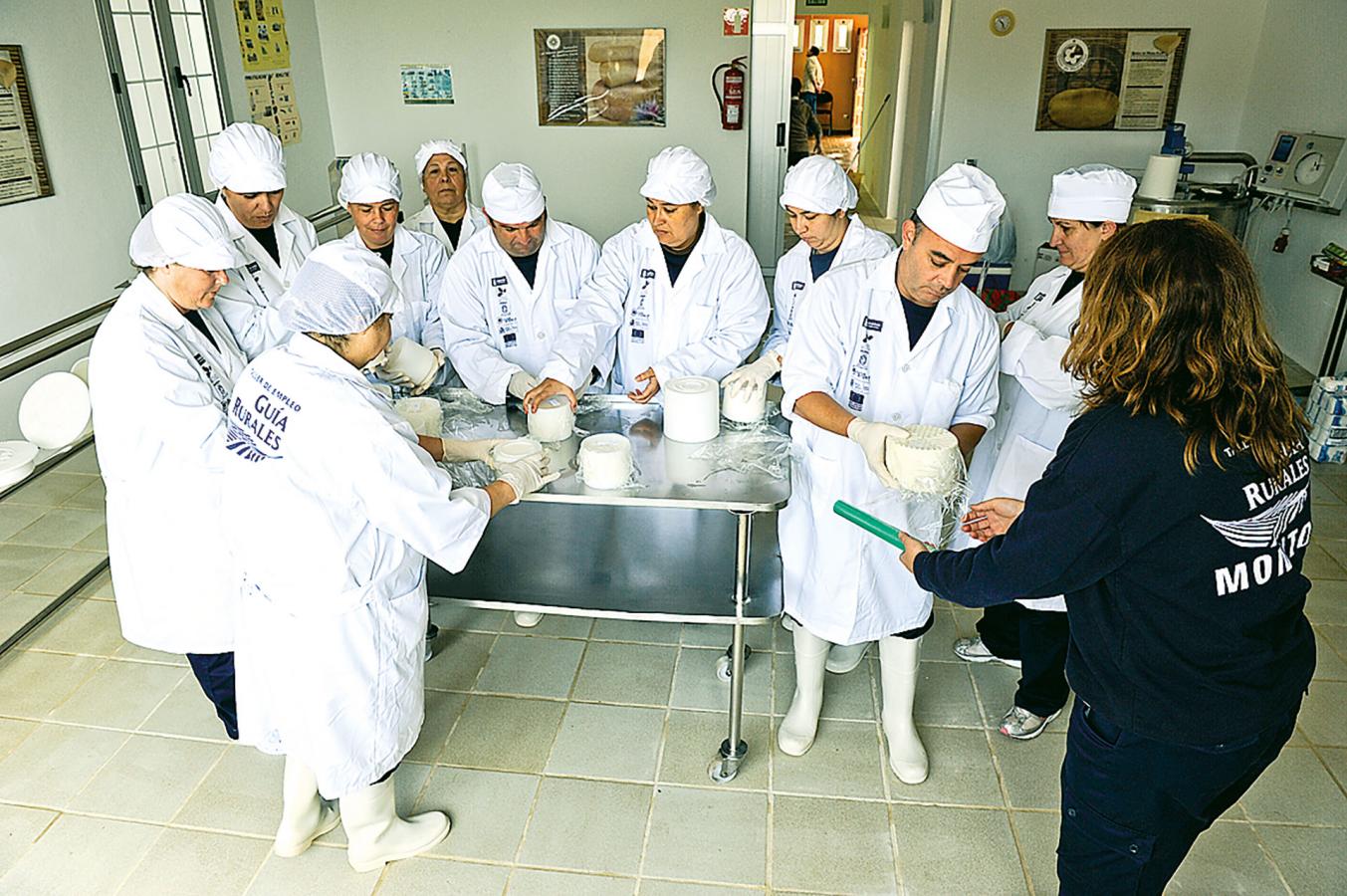
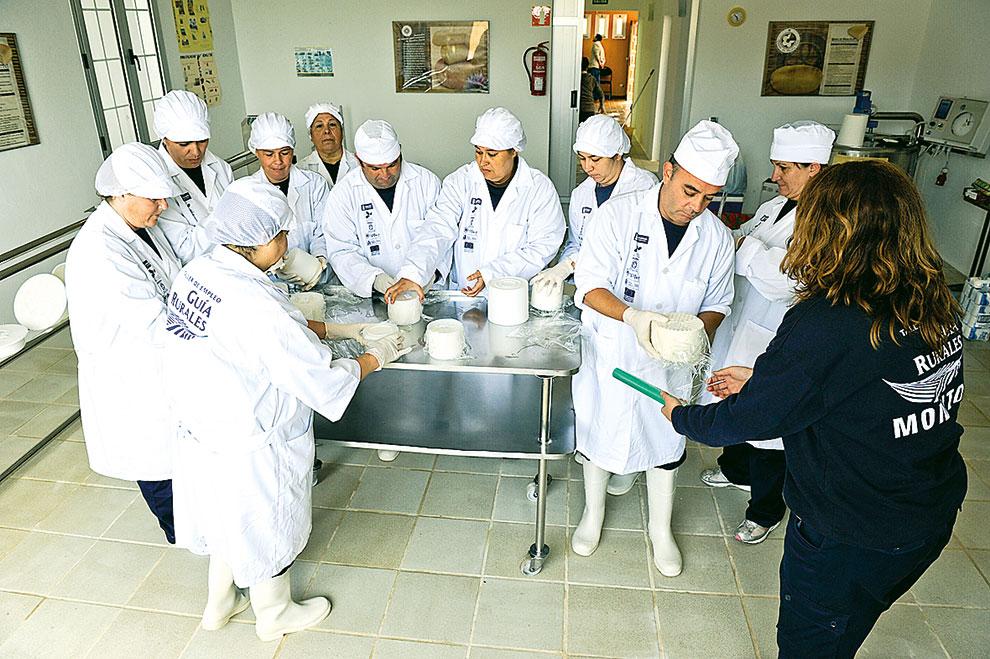
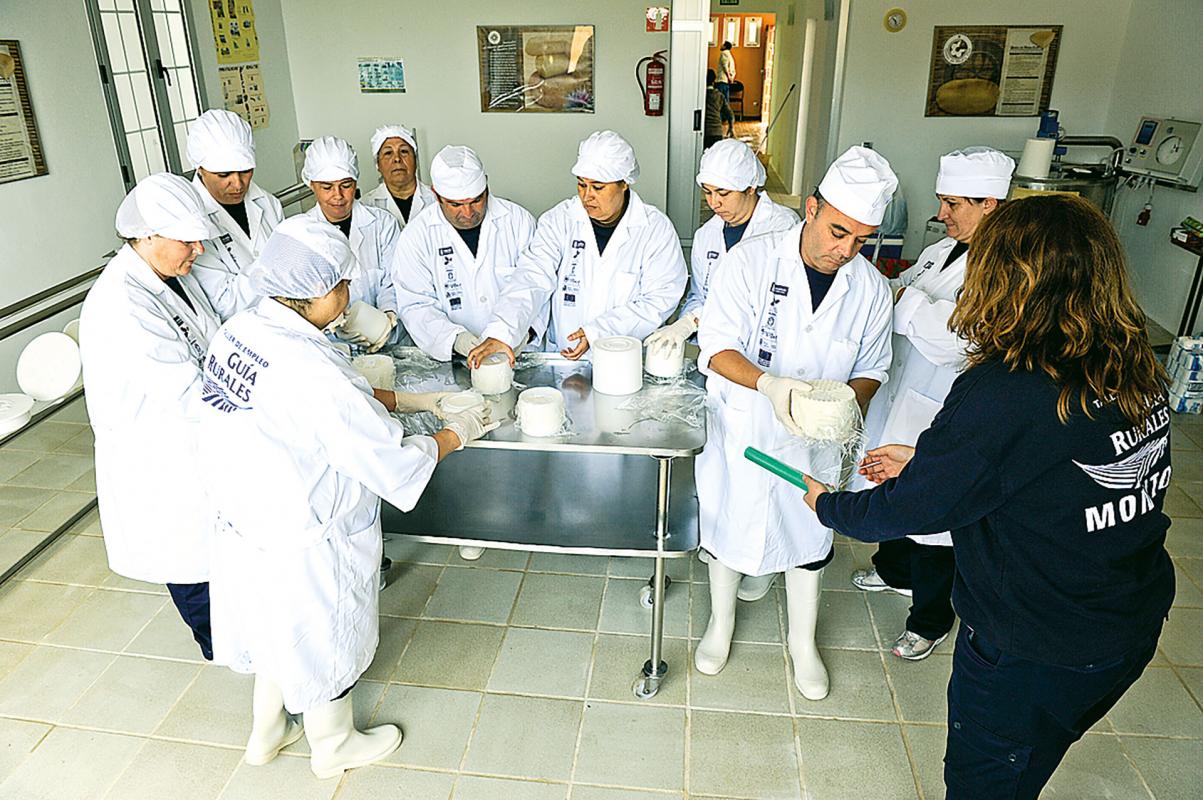
After centuries of silent and dedicated work searching the countryside for the best land to feed their cattle, after years experimenting with techniques to develop the best flower cheese to sell at market, the nomadic shepherds of the Canary Islands have become media stars. Shepherds of the Canary Islands are still nomadic. And their flower cheese is now appreciated all over the world. Nomadic farming has been very popular in the history of the world. “Before the invention of agriculture our ancestors domesticated various animals, especially cattle, and developed pastoral techniques which linked the livestock movements with the productive rhythms of nature,” it says in the prologue of the book The Last Nomads of the Canary Islands.
Since the arrival of the first settlers from North Africa with their goats, sheep, pigs, and dogs thousands of years ago, the nomadic lifestyle has been practiced on the Canary Islands. The nomadic culture survived the arrival of the Europeans and their subsequent conquest of the islands. Regardless of who was in power on the island, the Canarian natives continued on their quest for the best land to graze their animals. During winter the coast has a milder climate in the Canary Islands and grass appears earlier in the year. Meanwhile in the summer the mountain peaks offer opportunities for dry grass. In the community one generation after another learnt the skills of nomadic farming. Wisdom about the best routes across the islands and the best spots for cattle to graze was shared. The nomadic population remains closely connected and to this day the people have their own vocabulary and expressions which are related to the Guanche language, the language of the original inhabitants of the Canary Islands. “
In the Canary Islands there are about four thousand place names derived from the Guanche language, but it is the pastoral sector that preserves the largest amount of vocabulary of the aborigines,” says Maximiano Trapero, the professor of Philology at the University of Las Palmas de Gran Canaria (ULPGC ).The name that the shepherds use for a domesticated goat, for instance, is the Guanche, “jaira”, instead of the Spanish “cabra”. For a kid the shepherds use, “baifo”, instead of the Spanish, “cabrito”. “Many of the plants that grazing animals eat continue to retain the names given to them by the natives of the islands. Guanche words such as “tabaibas”, “beroles” or “berodes”, “bejeques”, “tagasastes”, “balos”, “iramas”, “fares” or “faros”, “gasias”, “tederas”, and “jorjales” are still in use,” says Maximiano Trapero in the Canary Islands magazine Pellagofio.
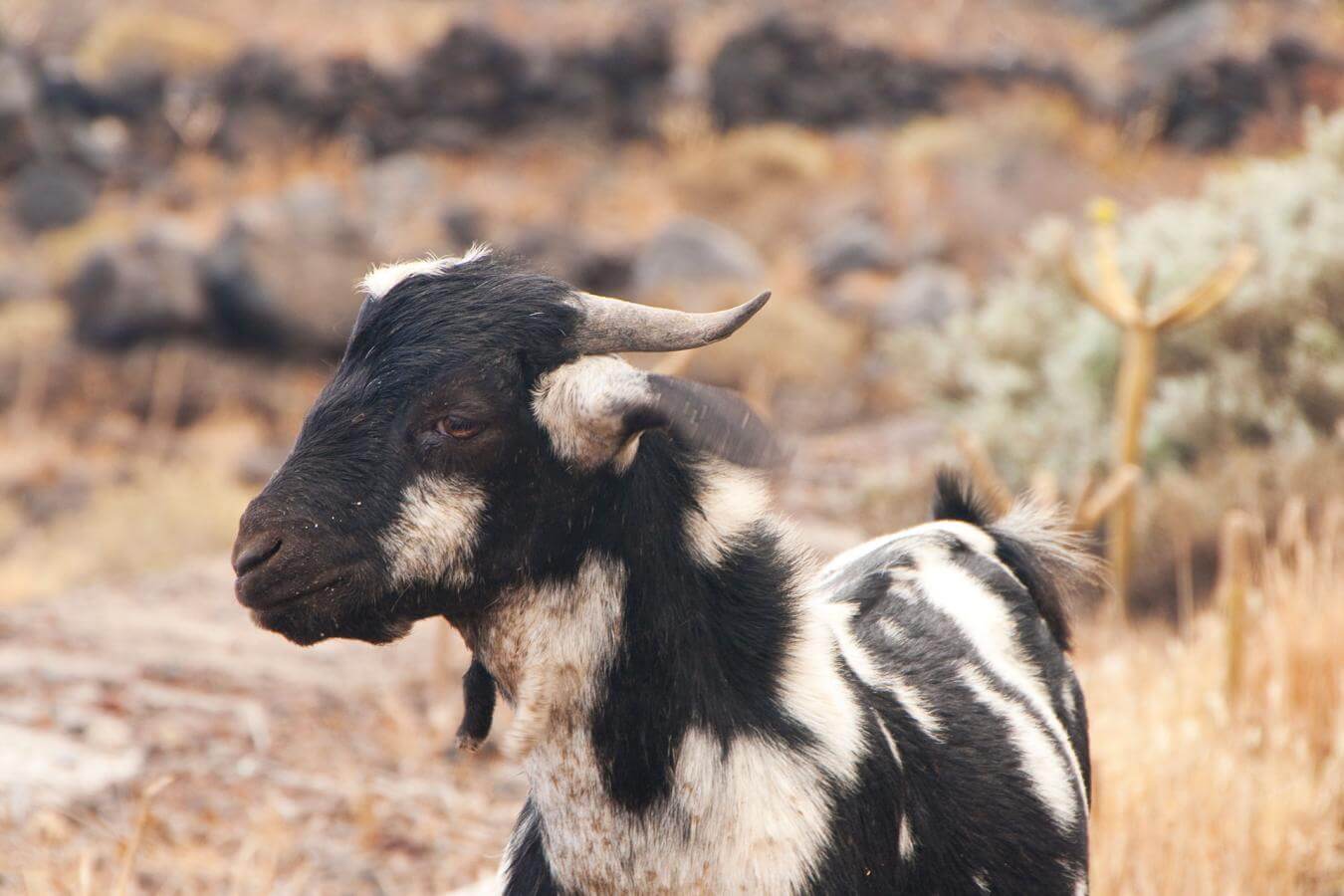
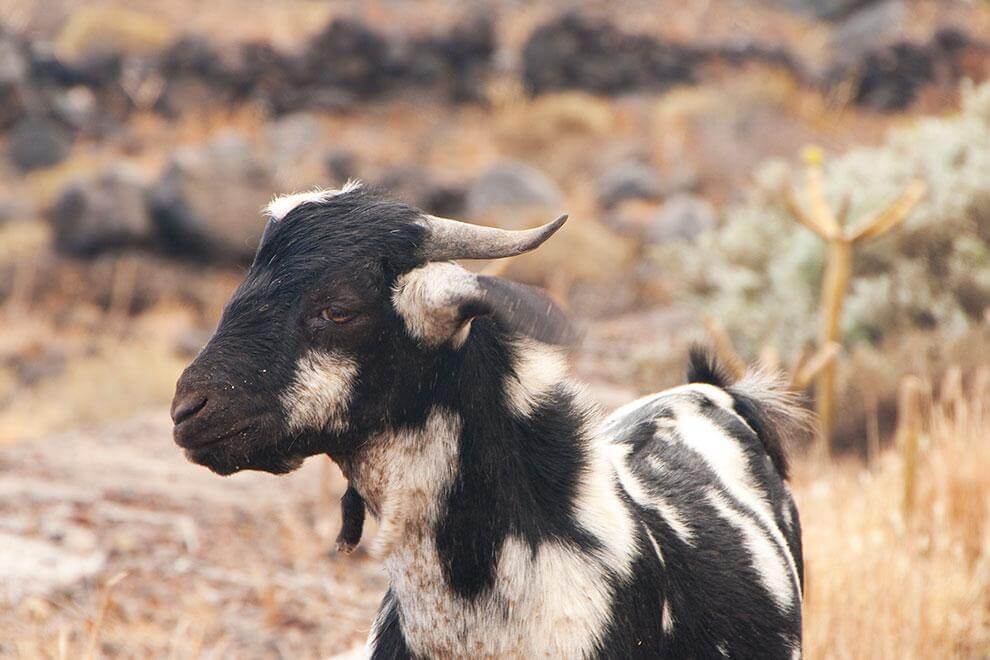
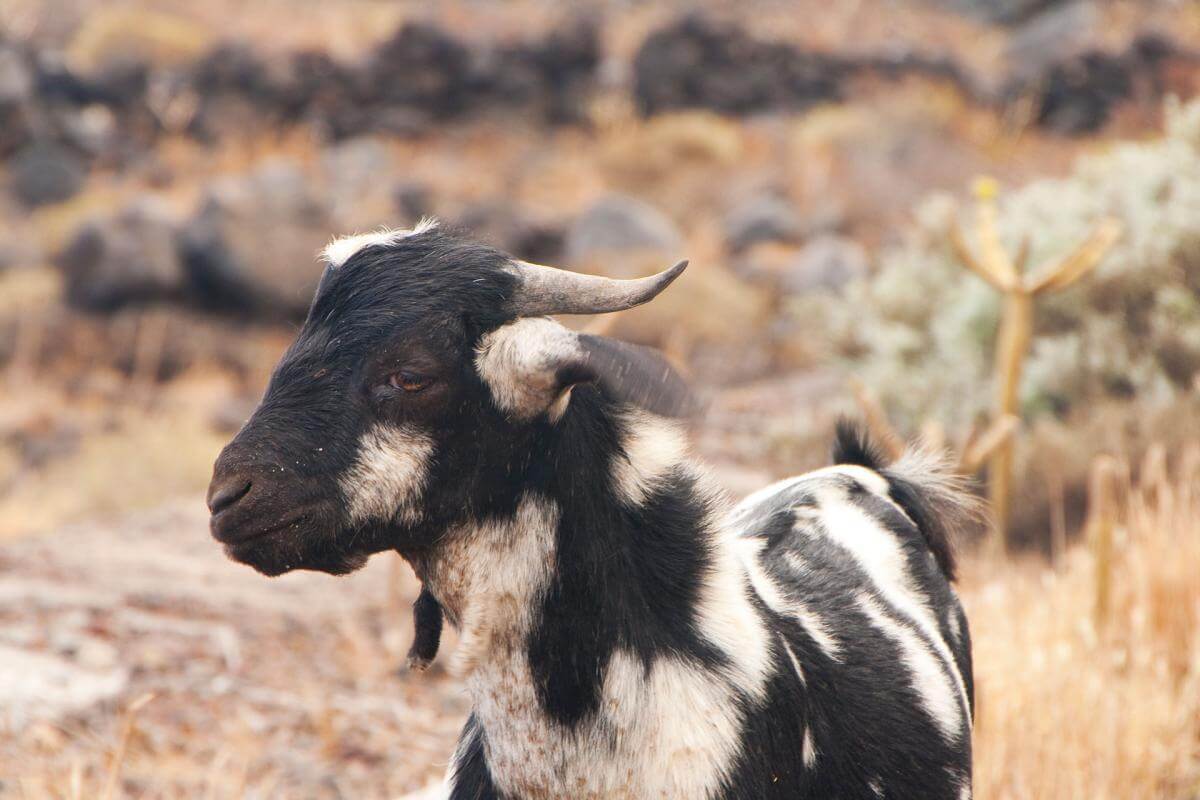
Many of the plants that grazing animals eat continue to retain the names given to them by the natives of the islands. Guanche words such as “tabaibas”, “beroles” or “berodes”, “bejeques”, “tagasastes”, “balos”, “iramas”, “fares” or “faros”, “gasias”, “tederas”, and “jorjales” are still in use
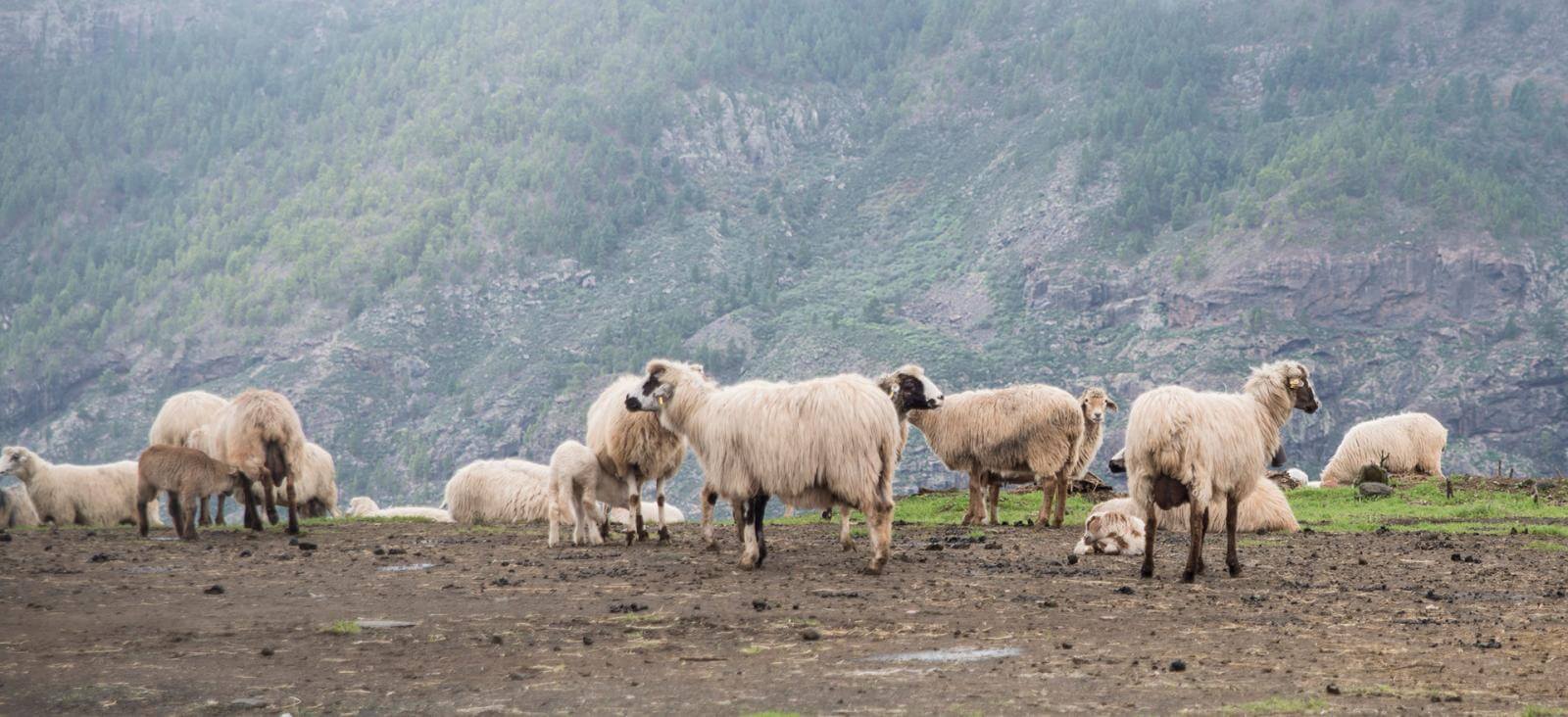
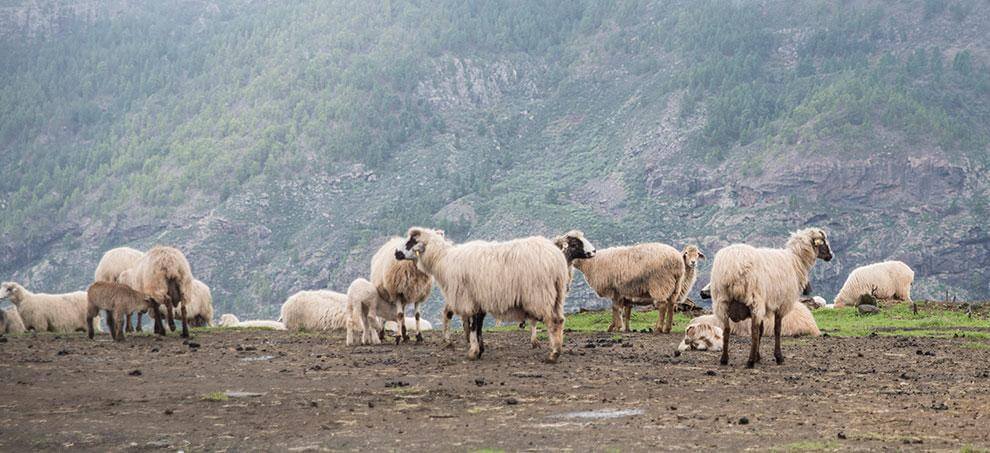
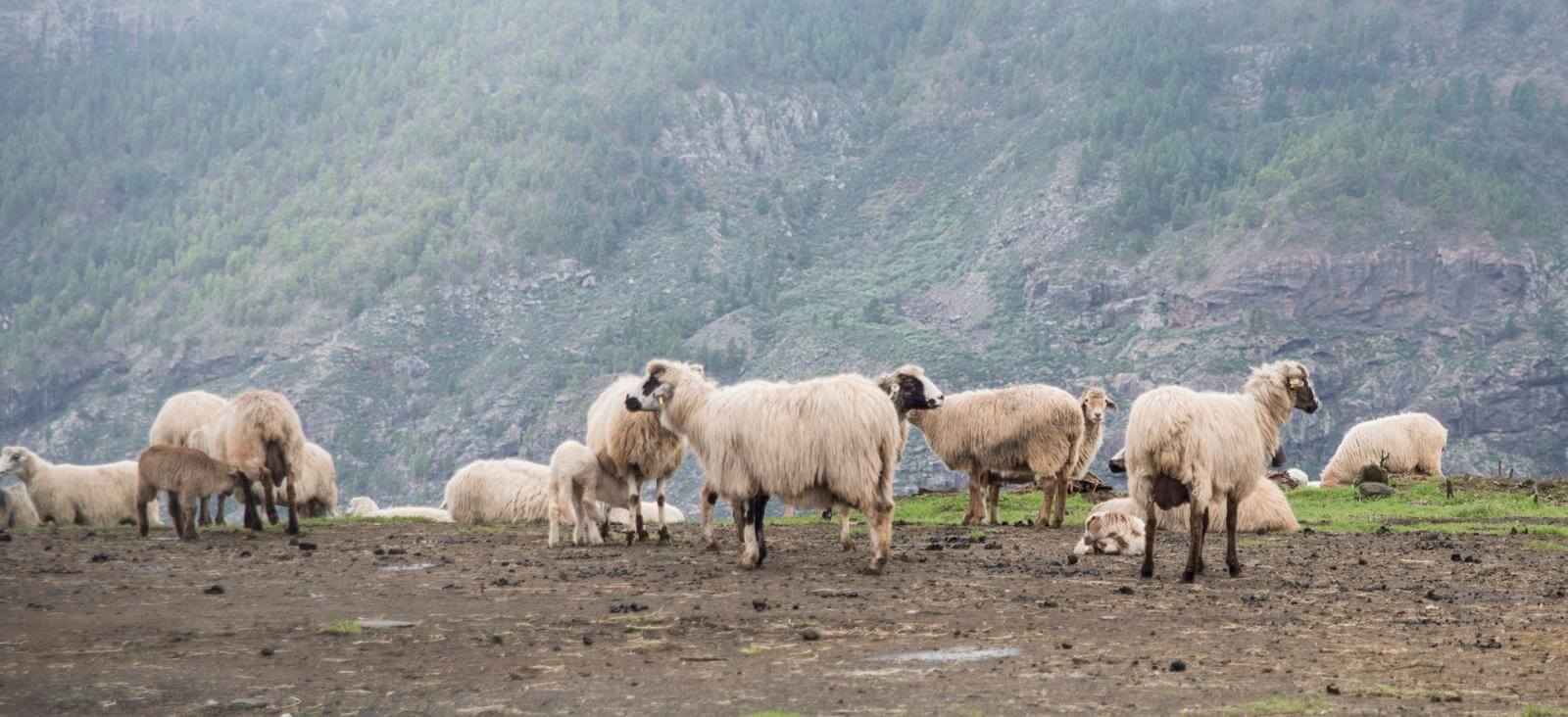
The nomadic way of life among shepherds lives on. Some of the sheep that the shepherds look after are unusual. The animals evolved from the crossing of the indigenous “hairy” sheep with the “woollen” sheep brought over by the settlers from the Spanish peninsula. Today on the Canary Islands there are three indigenous breeds of sheep. These sheep are called the “Canarian sheep”.
At the beginning of the twenty-first century there was barely twenty nomadic shepherds still working on the Canary Islands. All of them were working in the north of Gran Canaria. Of those nomadic shepherds there were only a few who made the flower cheese. The nomadic shepherds flower cheese has its special name because the milk is curdled with the wild thistle flower diluted and macerated in water, instead of with an animal rennet. This gives the cheese its characteristic taste with a slightly bitter finish.
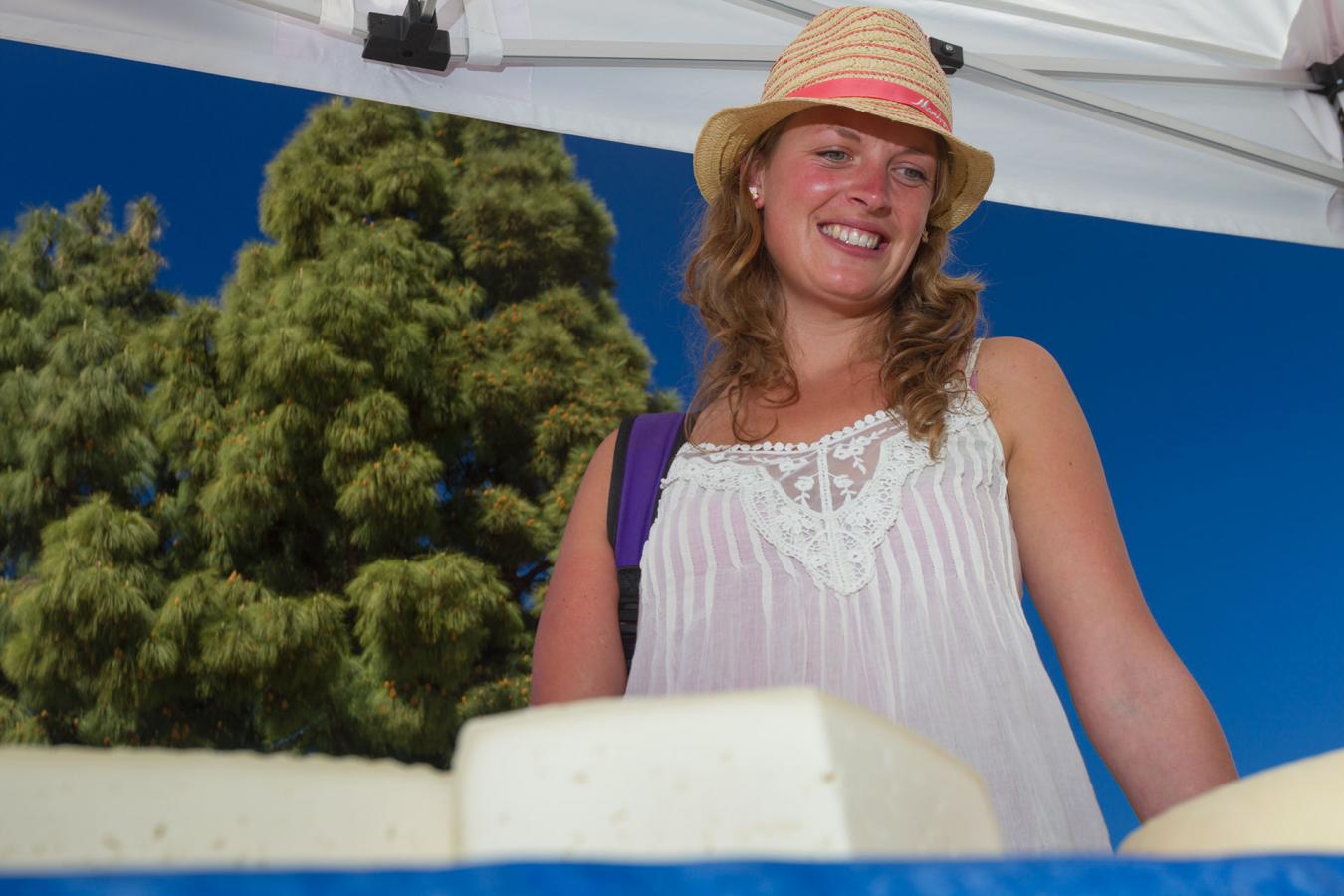
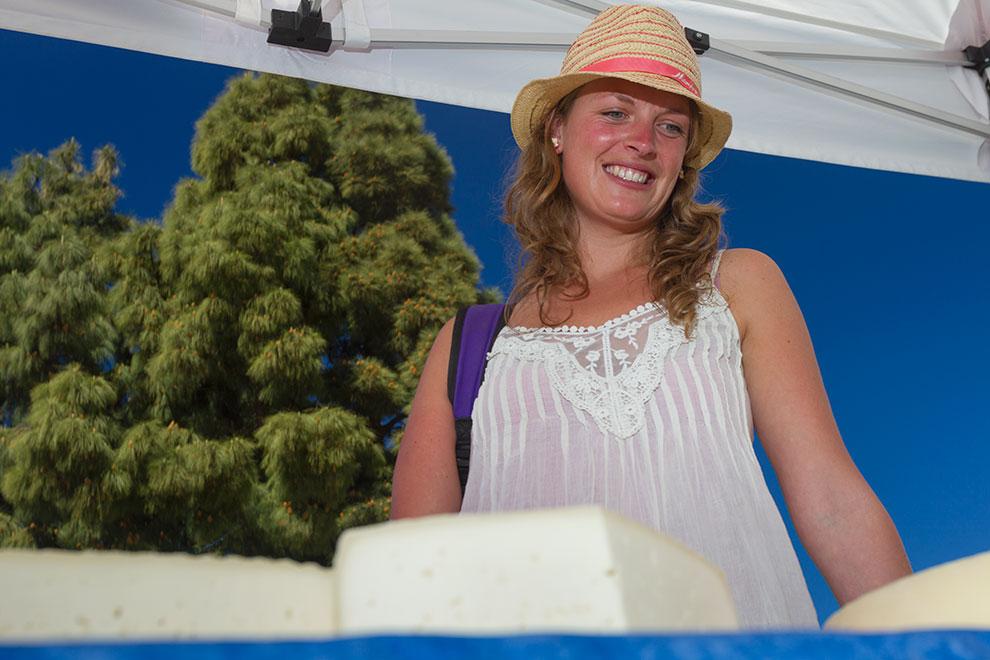
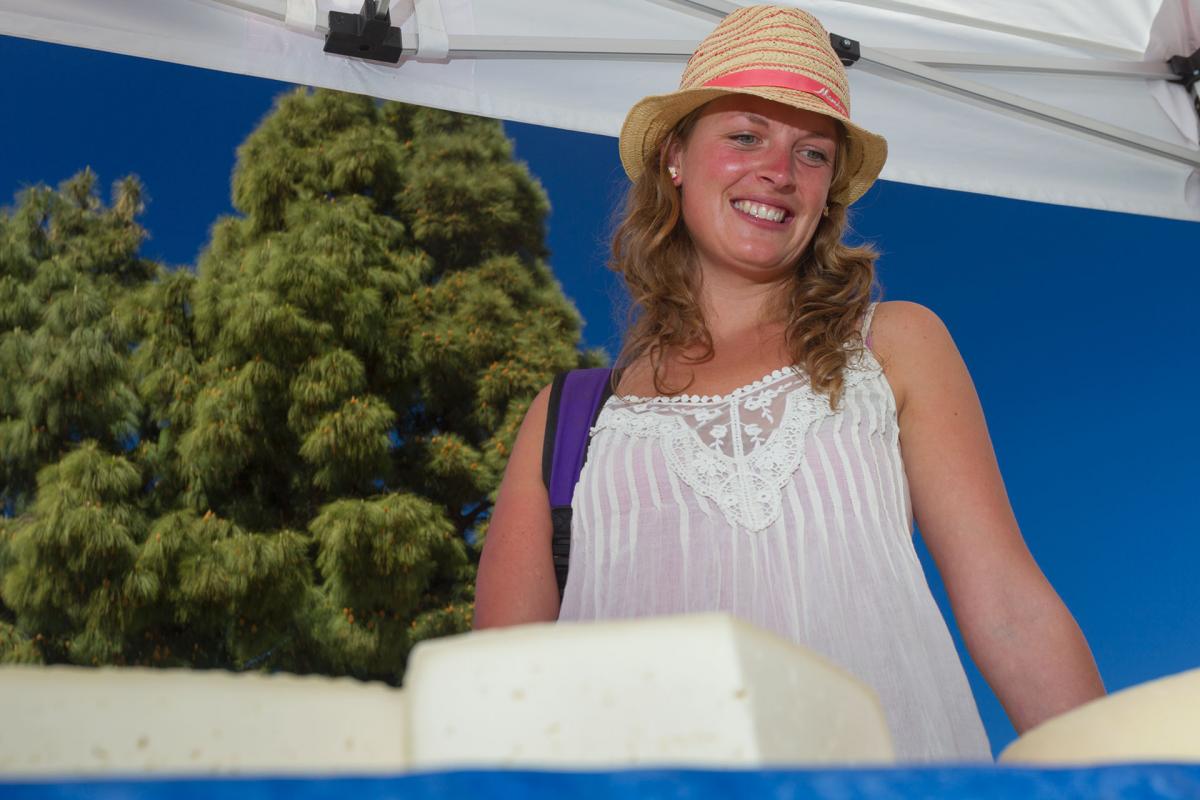
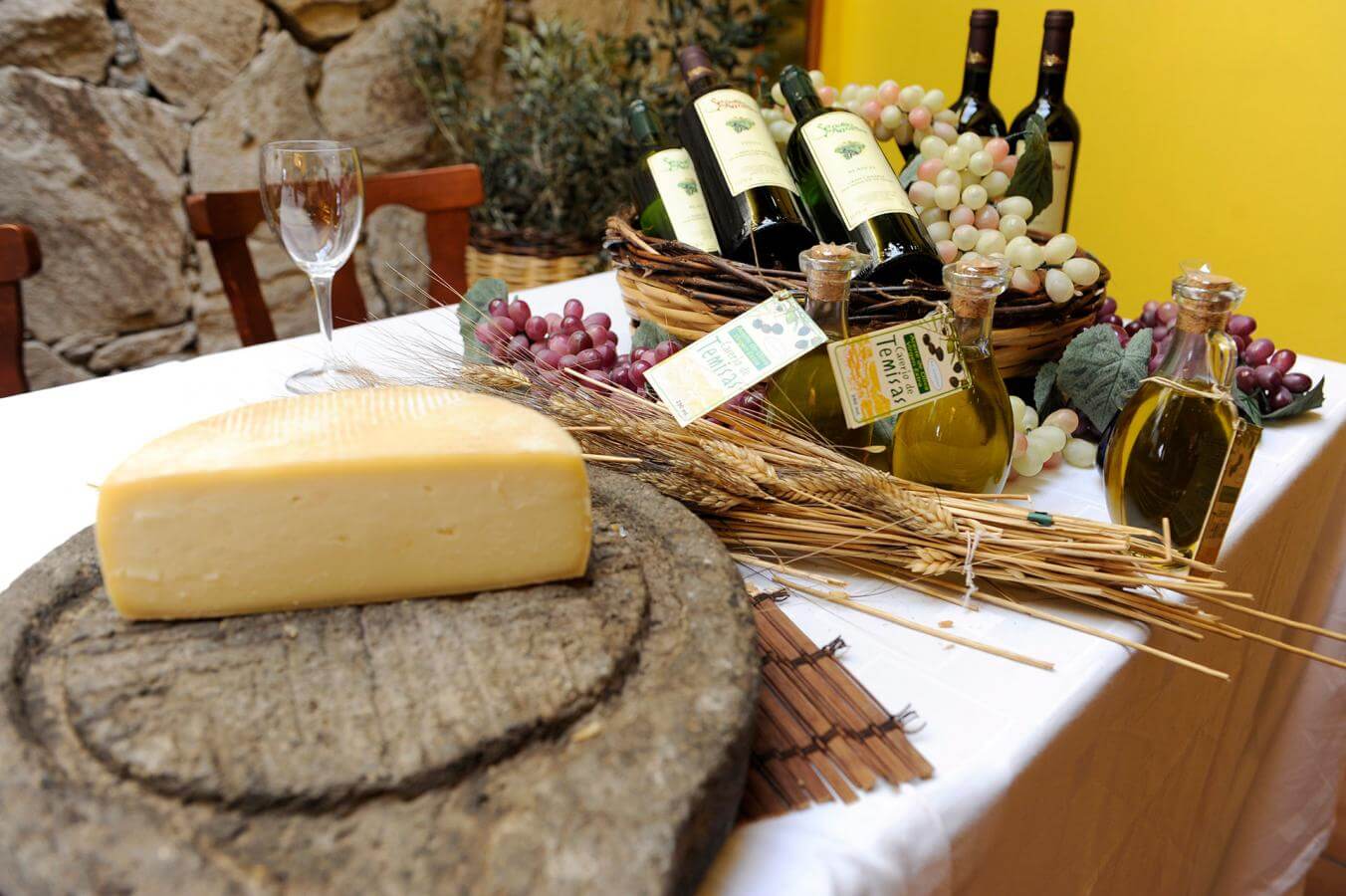
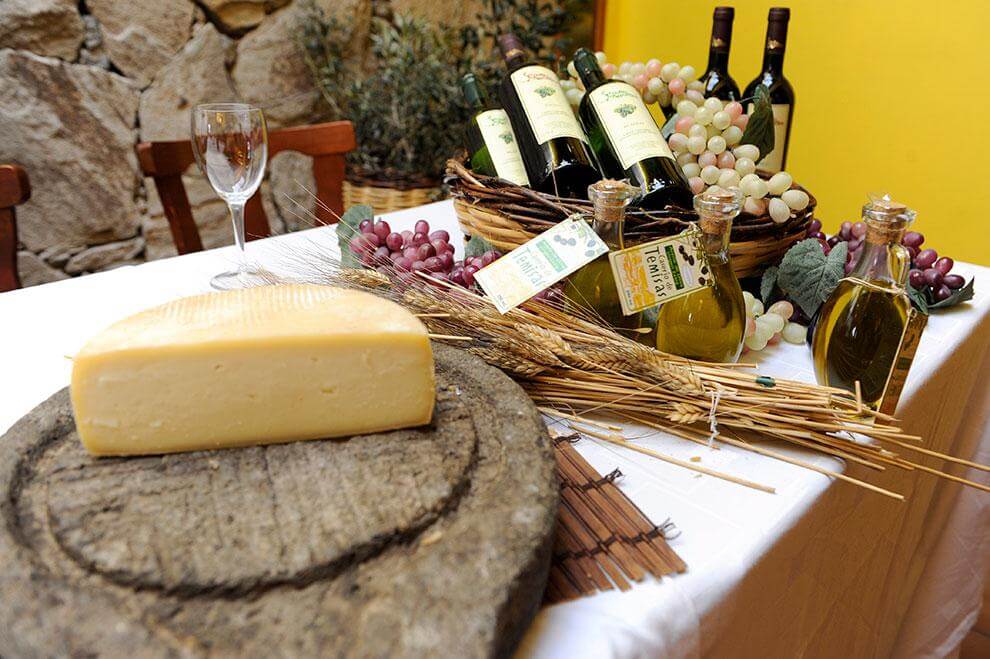
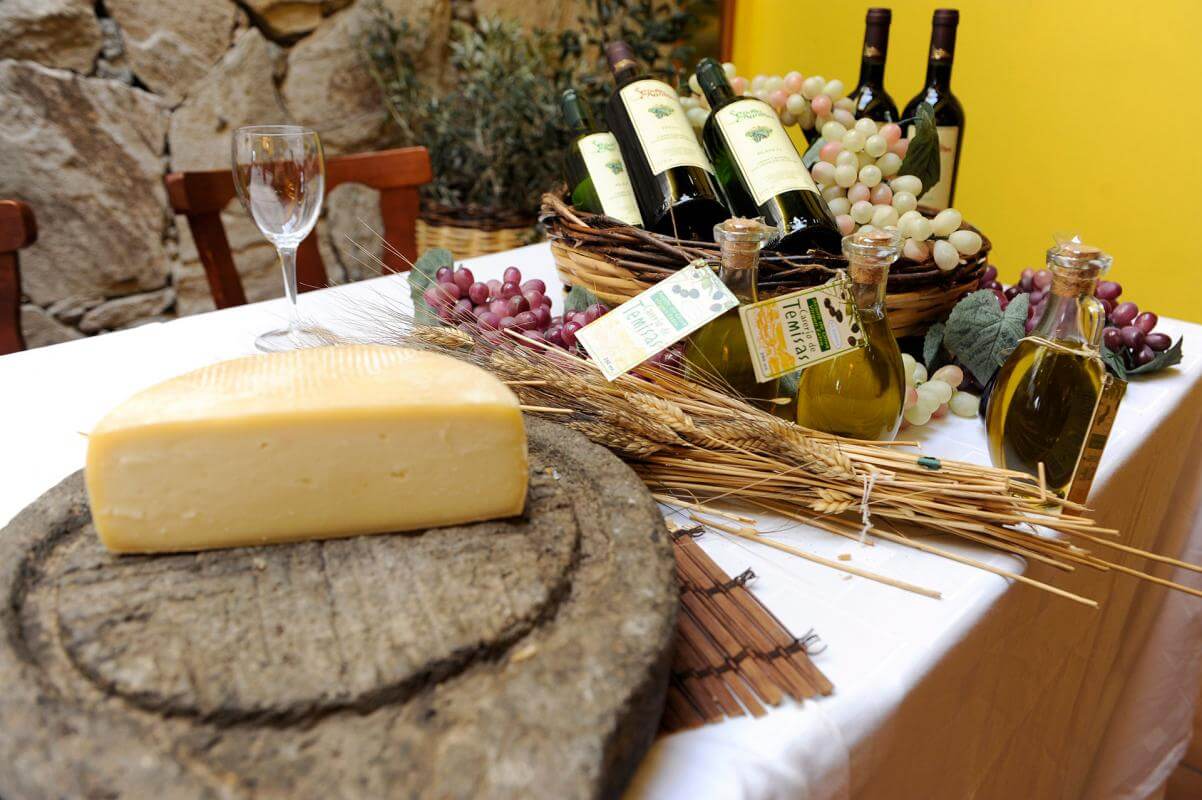
Because of the small number of shepherds who made the flower cheese it was on the verge of extinction. However recently the cheese has been discovered by some famous chefs who were blown away by the extraordinary taste of the flower cheese. These shepherds knew straight away that they had discovered a boutique cheese with an unusual taste, a melting texture, and acidic touches. Because the animals graze on wild land, the taste of the cheese is exceptional.
The flower cheese of the Canary Islands has been awarded with designation of origin status (which means the product is protected by law). The cheese comes from three municipalities: Guía, Gáldar, and Moya. Guía is perhaps the location most closely connected with the flower cheese. For a very long time every Sunday in the square in front of the church in Guía shepherds and farmers arrived from far and wide to sell their goods. The market in Guía is so old that it was reported on November 15, 1935, in the Madrid Gazette (the Official Gazette of Spain) that formal authorization for a Sunday market in Guía was being granted even though markets had been held in the town de facto “since time immemorial. Very old people in the local area can’t remember how long the market has been going for.”
Guía Cheese (made with animal rennet) and the Guía Flower Cheese (made with vegetable rennet) has been sold for centuries in the Guía open-air market, and now it is famous. The most well-known nomadic shepherd families are José Mendoza and family (Cortijo de Pavón) and Cristóbal Moreno (Cortijo de Caideros).


